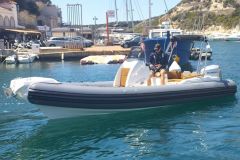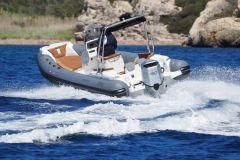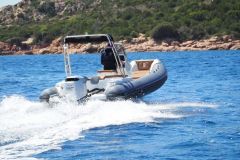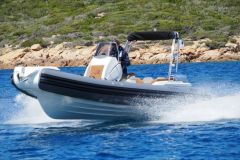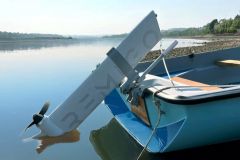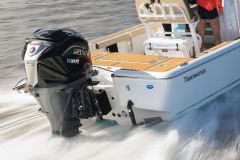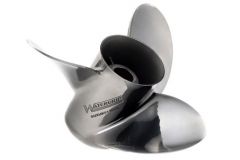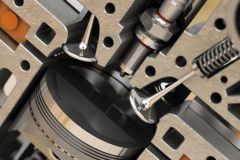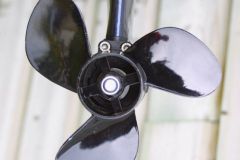Use the right units to compare
As is often the case with the arrival of new technologies, the information can seem obscure to the neophyte. In our case, the boater used to outboard or inboard thermal engines is often confused by the technical data sheets of electric boats. To better understand them, we propose some analogies to avoid comparing leeks with potatoes. For this, choosing the right units is essential.
Marine engine power
In the thermal field, the habit in boating is to give the power in horsepower (CV or HP for horse-power). A recent motorboat quickly displays several hundred horsepower on its transom or in its engine room.
In electric power, the usual unit is the kilowatt (kW). One kilowatt is equivalent to 1.34 horsepower. The powers seem to be less but they are not always!
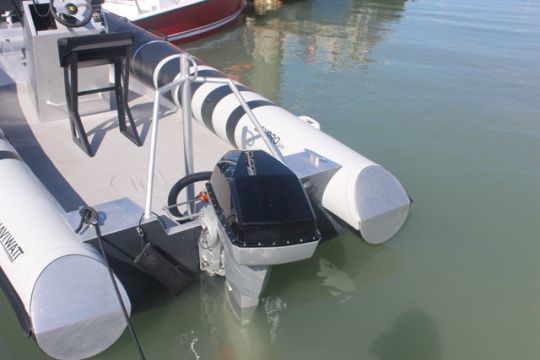
Differentiate between torque and engine power
The conversion is important to remember. Indeed, some electric motorists feed a confusion around an equivalence between the electric kilowatt and a thermal horsepower, much more favorable in terms of ratio. In reality, they rely on the torque delivered by the electric motor. Since it is higher for the same power, they compare it to a combustion engine that is more powerful but delivers the same torque.
If the torque is useful in maneuvering, especially at low speed and for heavy boats, it will not allow to reach a higher maximum speed. For an equivalent boat of the same displacement (weight), only the power at the propeller will determine the final speed. Talking about thermal equivalent is therefore very misleading.
Autonomy of the boat
Once the power of the engine is known, it must be supplied. On a boat with an internal combustion engine, the tank capacity determines the boat's range. Generally expressed in liters (L), it allows to calculate the possible navigation time by knowing the engine consumption in l/h.
On the electric boat, the same energy storage, in electrical form and not liquid fuel, is done in the batteries. It is often in the expression of their capacity that the error occurs. This can be expressed in 2 units: in kilowatt.hours (kWh) or in ampere.hours (Ah). It is the multiplication of a power by a time and not a division.
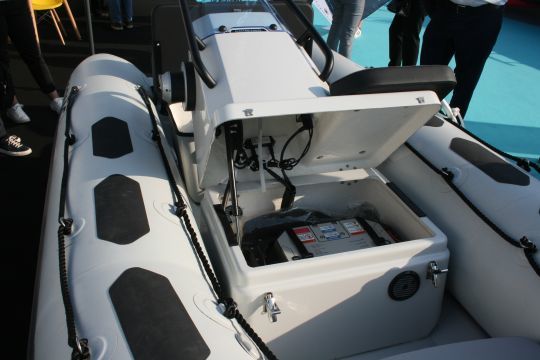
To illustrate, a boat with a 10 kW motor used at its maximum power and equipped with a 10 kWh battery will be able to run one hour before running out of fuel. In the case of a capacity in Ah, it will also be necessary to know the voltage of the battery to know the available energy. A battery of 150 Ah in 12V DC will correspond to 150x12 = 1800 Wh or 1,8 kWh.
To summarize our principle analogies, although they are scientifically approximate: the horse corresponds to the kW and the L corresponds to the kWh. When a manufacturer presents you with a battery capacity in A, or in kW, you can now correct it...

 /
/ 




